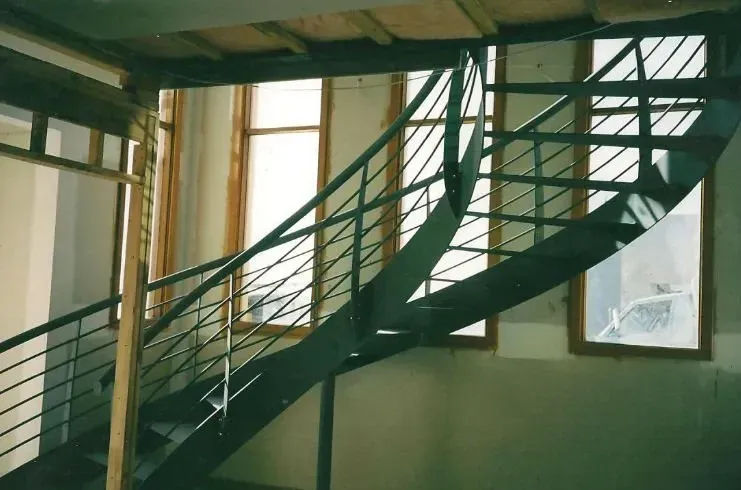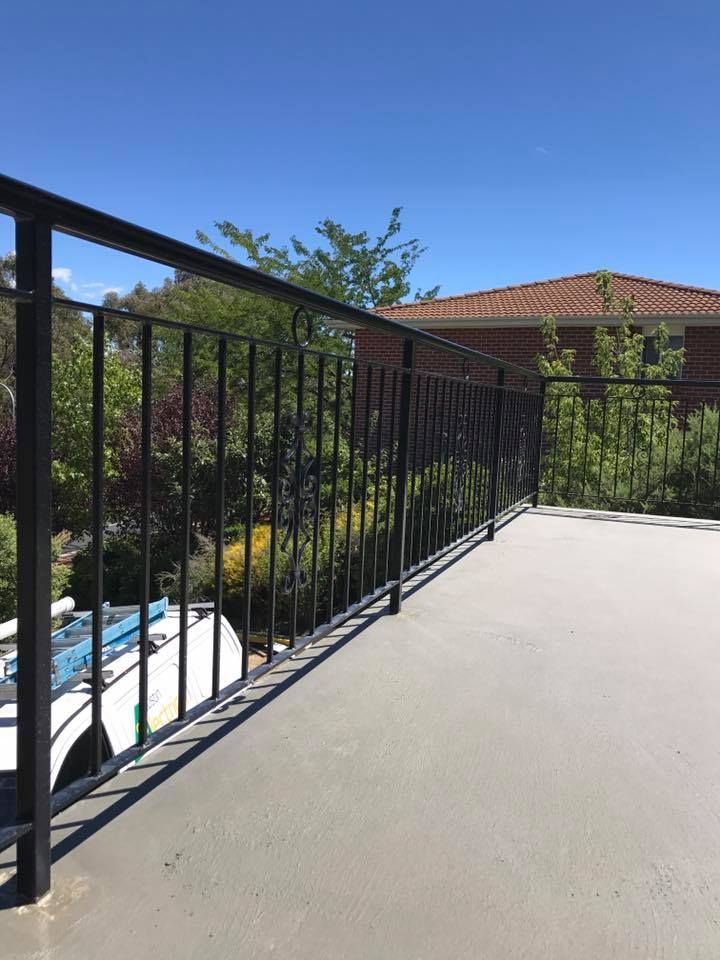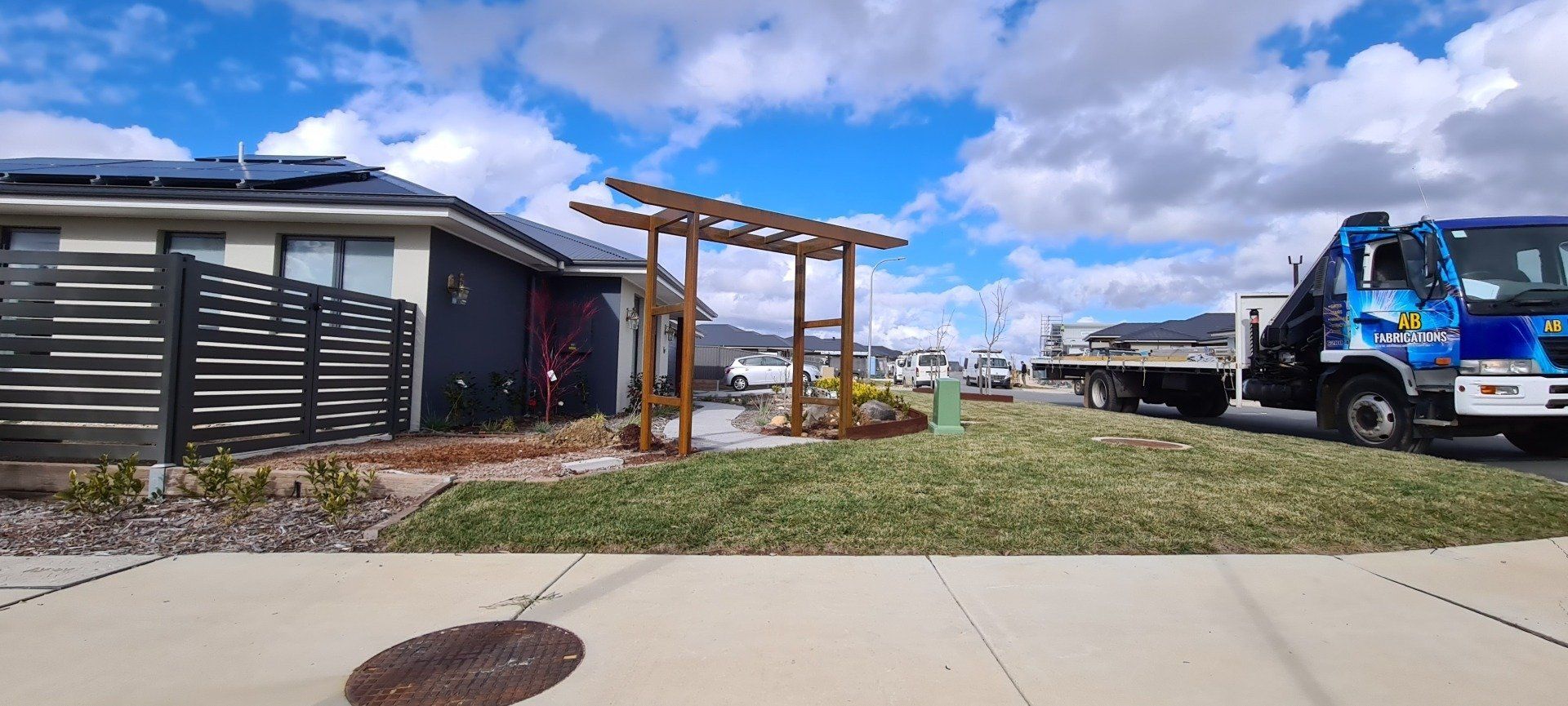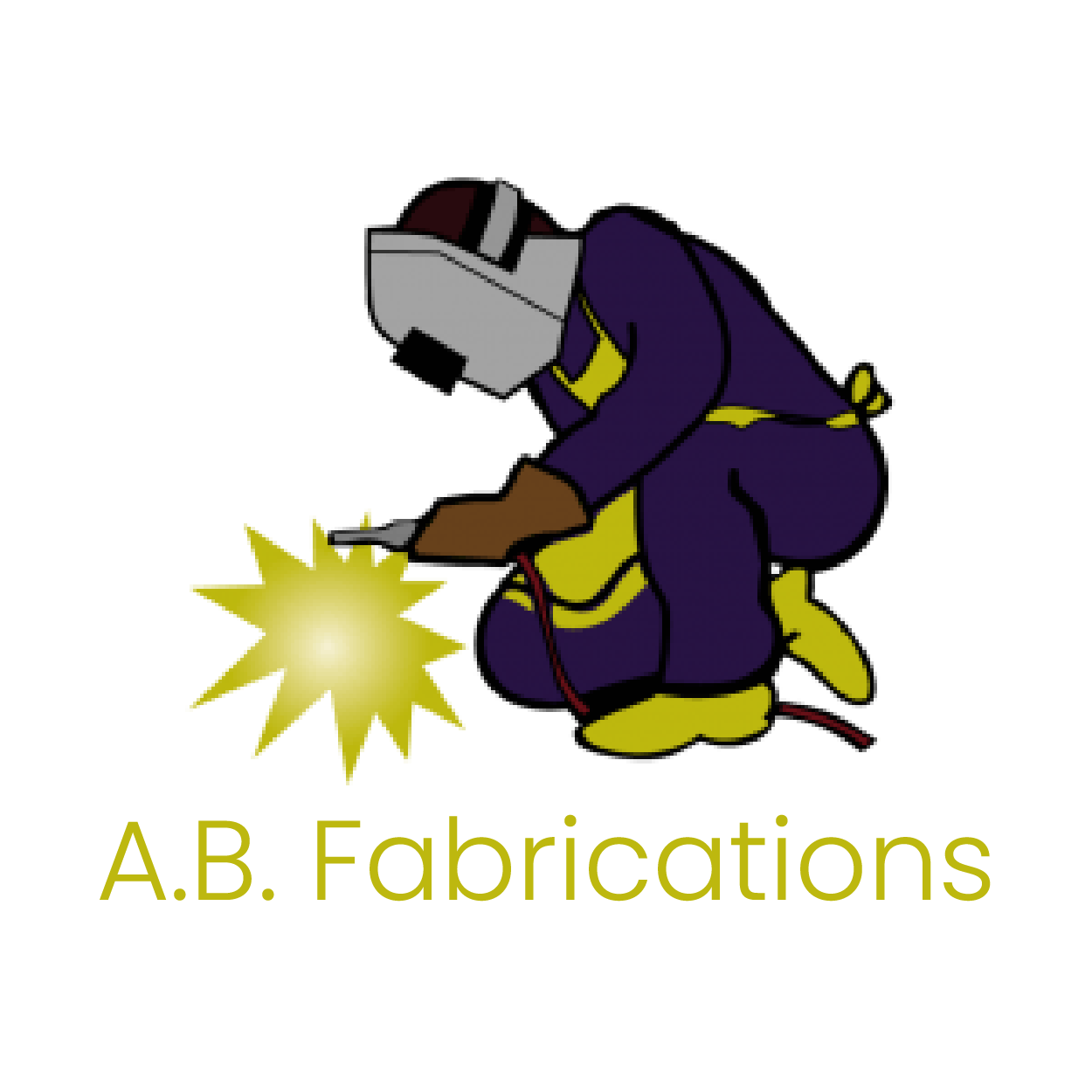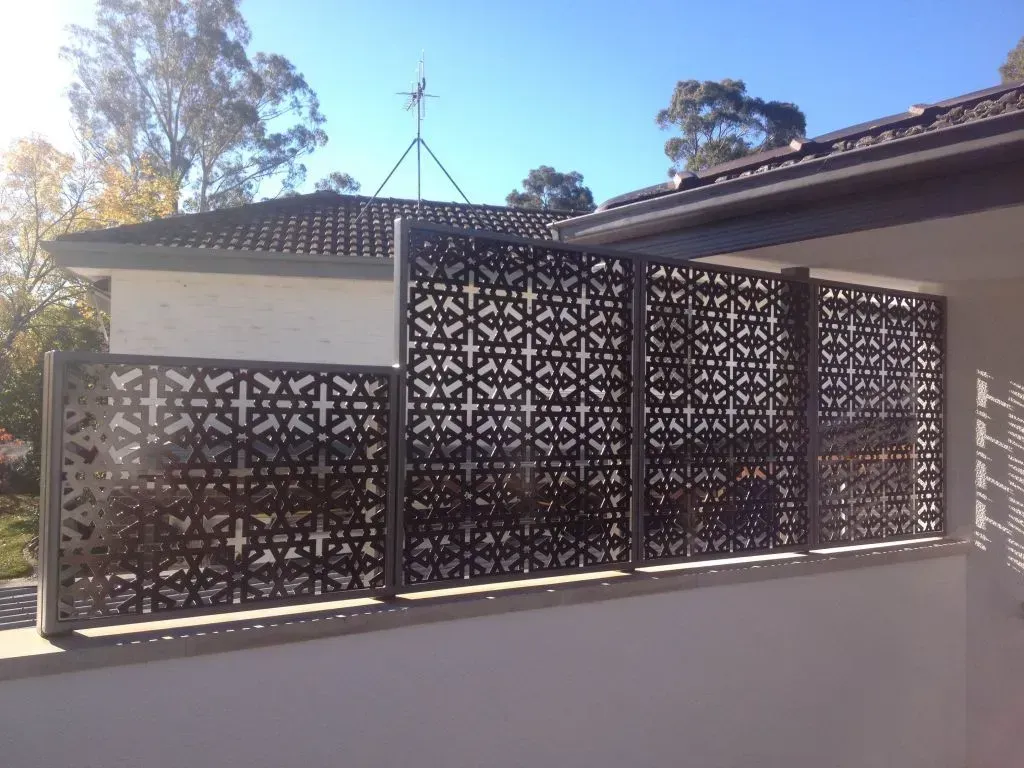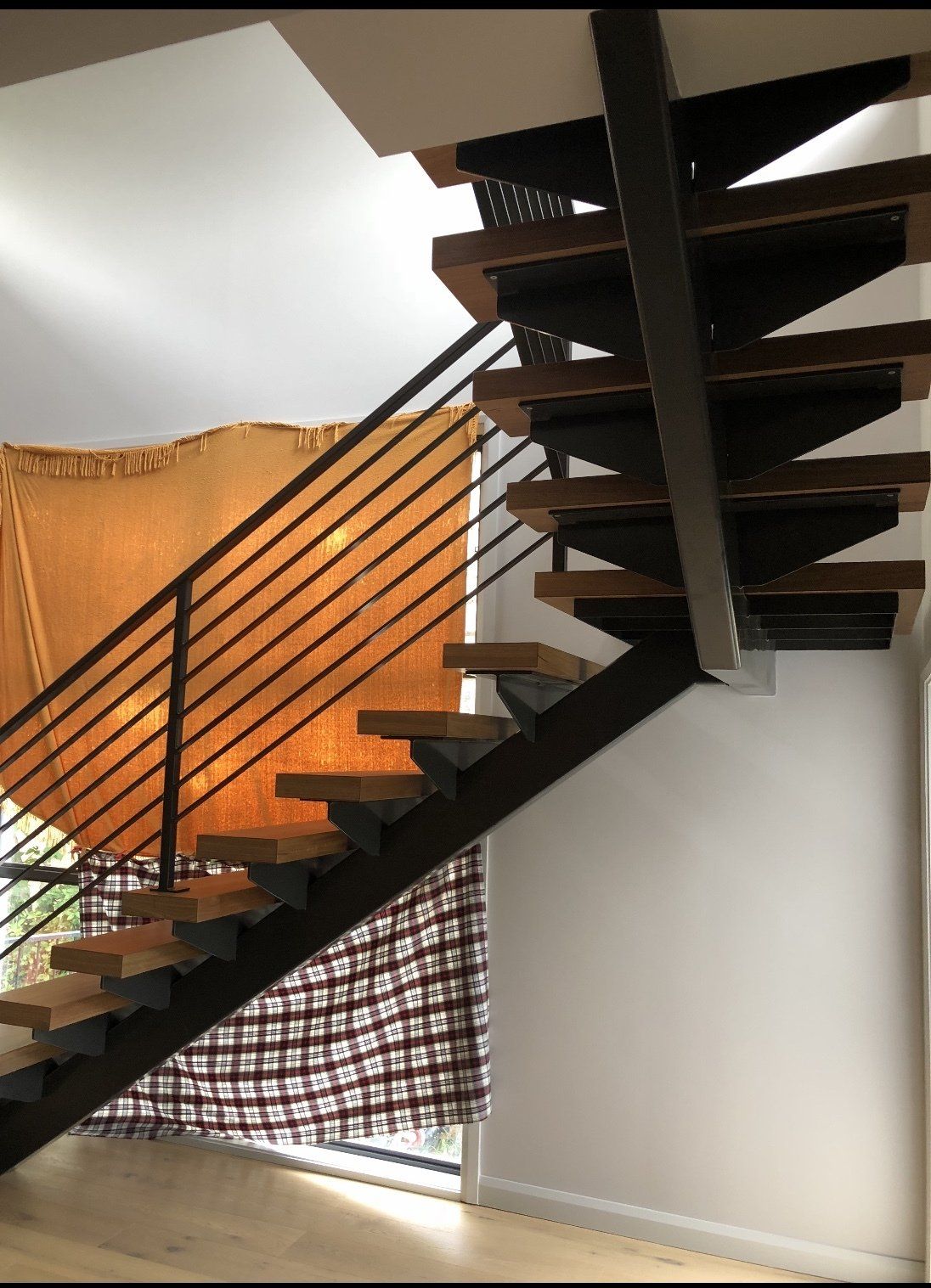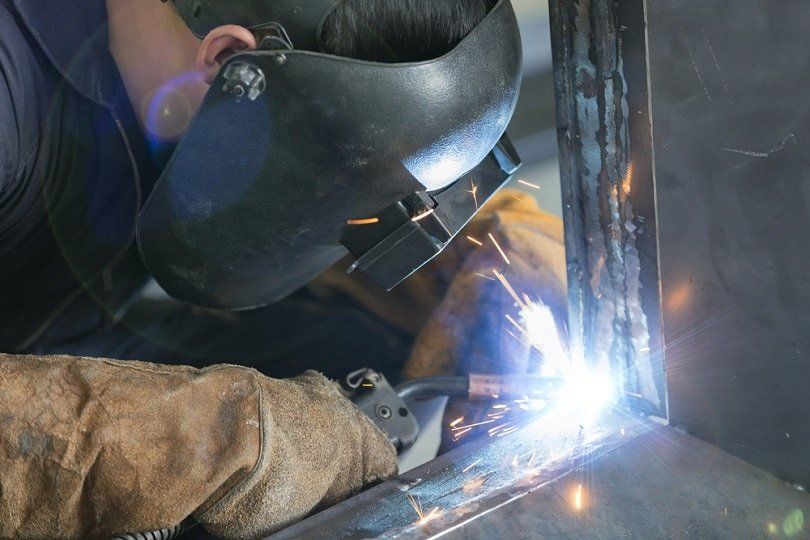Structural Steel Maintenance: The Ultimate Guide
Structural steel is a fundamental material in the construction industry, prized for its incredible strength, durability, and versatility. From towering skyscrapers to robust industrial frameworks, steel is essential for creating structures that can withstand the test of time.
However, while steel is inherently resilient, it’s not entirely maintenance-free. Exposure to the elements, environmental factors, and regular wear and tear can impact its longevity. To ensure your structural steel remains in top condition, a proactive maintenance approach is crucial.
In this guide, we’ll cover everything you need to know about maintaining structural steel, from routine inspections to rust prevention and protective coatings.
Why Maintenance Matters for Structural Steel
Structural steel is designed to last, but neglecting maintenance can lead to costly repairs and even compromise the safety of your structure. Understanding the importance of maintenance can save you significant time, money, and hassle in the long run.
Key Benefits of Structural Steel Maintenance
- Longevity: Well-maintained steel structures last longer, reducing the need for replacements.
- Safety: Regular checks help detect potential hazards like cracks or weakened welds.
- Aesthetic Appeal: Keeping surfaces clean and protected preserves the visual appeal of your project.
- Cost Efficiency: Addressing minor issues early on prevents expensive fixes later.
| Benefit | Description |
|---|---|
| Longevity | Well-maintained steel lasts longer, reducing the need for replacements. |
| Safety | Regular checks help detect hazards like cracks or weakened welds. |
| Aesthetic Appeal | Clean, protected surfaces preserve the visual appeal of your structure. |
| Cost Efficiency | Fixing minor issues early prevents expensive repairs later. |
Common Issues Affecting Structural Steel
To properly maintain your steel structures, it’s essential to understand the common challenges they face. Knowing what to look for during inspections will help you identify and address problems before they escalate.
Corrosion and Rust
Rust is the most common enemy of structural steel. It occurs when iron in the steel reacts with oxygen and moisture, forming iron oxide. If left untreated, rust can weaken the metal and lead to structural failure.
Common Causes:
- Exposure to Moisture: Rain, humidity, and condensation.
- Pollutants: Chemicals and salt, especially in coastal areas.
- Physical Damage: Scratches or chips that expose bare metal.
Fatigue and Cracking
Structural fatigue happens when steel is repeatedly stressed over time, causing small cracks to develop. These can grow larger and compromise the integrity of the structure.
Common Causes:
- Heavy Loads: Constant pressure or weight.
- Dynamic Forces: Wind or vibration that continuously stresses connections.
- Poor Welding: Inadequate joint reinforcement.
Coating Degradation
Protective coatings play a critical role in shielding steel from rust and environmental damage. Over time, these coatings can break down, leaving the steel exposed.
Common Causes:
- UV Exposure: Sunlight can degrade certain types of coatings.
- Physical Wear: Scratches or impact damage during use.
- Chemical Exposure:
Harsh cleaners or industrial chemicals.
Routine Maintenance for Structural Steel
Regular maintenance is the best way to keep your steel structures in excellent condition. Here’s a detailed breakdown of the essential steps to follow.
Step 1: Regular Inspections
Inspections are the backbone of any maintenance plan. They help detect problems early, allowing you to take action before issues worsen.
How Often to Inspect:
- Routine Checks: At least once a year for general maintenance.
- Post-Event Inspections: After severe weather or heavy usage.
- Scheduled Assessments: Every 3–5 years for comprehensive evaluations.
What to Look For:
- Surface Rust: Even small spots can spread if untreated.
- Cracks and Weld Defects: Especially around joints and connections.
- Coating Damage: Peeling, blistering, or chipping paint.
- Structural Deformation: Warping, bending, or misalignment.
Step 2: Cleaning and Surface Maintenance
Keeping steel structures clean helps prevent corrosion and makes it easier to spot potential issues.
Cleaning Techniques:
- Low-Pressure Washing: Use water and mild detergent to remove dirt and grime.
- Scrubbing: Soft-bristle brushes work well on stubborn spots.
- Drying: Always ensure the surface is thoroughly dried after cleaning to prevent moisture buildup.
Cleaning Frequency:
- Outdoor Structures: Every 6–12 months.
- Indoor Structures:
As needed, depending on dust and dirt accumulation.
Step 3: Protective Coating Maintenance
A well-applied coating can significantly prolong the life of structural steel. However, coatings need regular upkeep to remain effective.
Types of Protective Coatings:
- Epoxy Coatings: Resistant to moisture and chemicals.
- Polyurethane Coatings: Durable and UV-resistant.
- Galvanised Finishes: A zinc coating to prevent rust.
Maintenance Tips:
- Recoat as Needed: Follow manufacturer guidelines for reapplication.
- Inspect for Damage: Blistering or peeling may indicate the need for a new coating.
- Apply Touch-Ups:
Repair minor damage promptly to prevent corrosion.
Step 4: Rust Treatment and Prevention
When rust does occur, treating it immediately is essential to prevent further damage.
Steps to Treat Rust:
- Surface Preparation: Remove loose rust and debris with a wire brush or sandblaster.
- Apply a Rust Converter:
This neutralises rust and primes the surface.
- Prime and Paint:
Use a rust-inhibitive primer followed by a durable topcoat.
Preventative Measures:
- Galvanising: Apply a zinc coating to protect from corrosion.
- Cathodic Protection: A technique that uses electrical currents to counteract corrosion.
- Anti-Rust Paint: Choose coatings specifically designed to resist rust.
Best Practices for Maintaining Structural Steel
- Keep It Dry: Moisture is the primary cause of rust, so ensure proper drainage and minimise exposure.
- Apply Quality Coatings: Invest in high-quality, durable coatings that suit your environment.
- Monitor High-Stress Areas:
Joints and welded connections are more prone to fatigue and cracking.
- Record Maintenance Activities: Maintain a log of inspections, cleaning, and any repair work done.
- Stay Proactive: Addressing minor issues early prevents larger, more expensive problems.
Investing in Quality Fabrication
Maintenance is vital, but starting with quality fabrication is just as important. At AB Fabrications, we deliver precision-engineered steel structures designed to withstand the harshest conditions. Our expert fabrication processes ensure durability and reliability from the outset, reducing your long-term maintenance needs.
Structural steel maintenance doesn’t have to be overwhelming. By following these practical tips and staying vigilant about inspections and upkeep, you can ensure your structures remain safe, sturdy, and visually appealing for years to come.
If you’re looking to invest in top-quality structural steel solutions, reach out to AB Fabrications today. Our team is here to provide expert guidance and custom fabrication to meet your specific needs.
As a general rule, annual inspections are recommended, with additional checks following extreme weather events or periods of heavy use.

